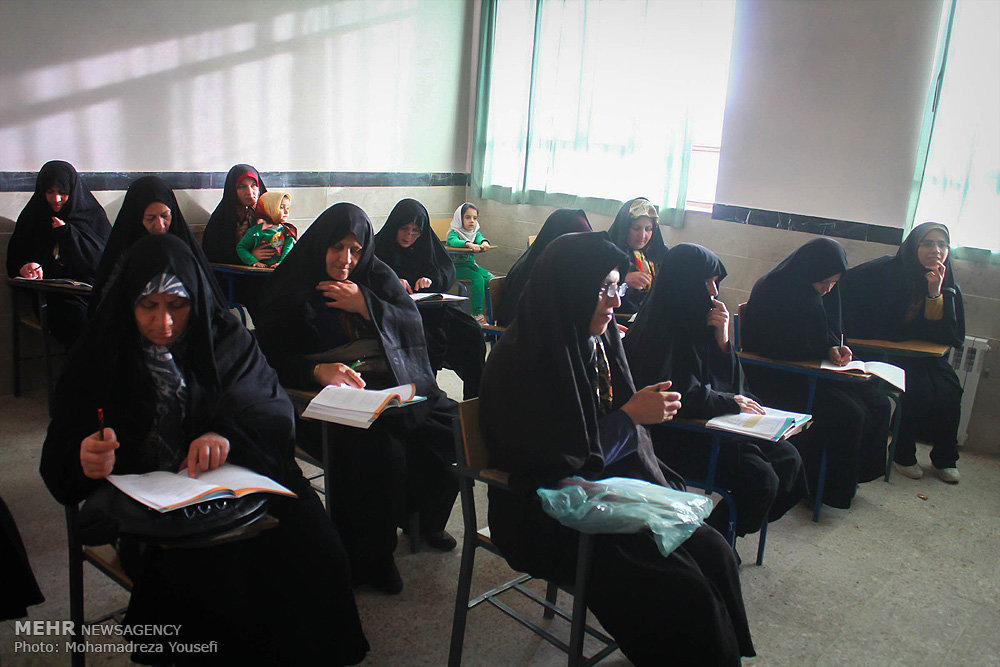Literacy rate up 2.85% in Iran over 5 years

TEHRAN — Literacy rate in Iran has increased by 2.85 percent between 2011 and 2016, director of the Literacy Movement Organization said.
“Some 5.8 million people are purely illiterate and 11 million are functionally illiterate,” Ali Baqerzadeh said, without mentioning any figures on the literacy rate.
Official figures released by the Statistical Center of Iran, published in March 2017, indicate that some 87.6 percent of the Iranian population aging over 6 are literate. The number reflects a 2.8-rise compared to the 2011 census results.
While Iranian students shine at international Olympiads and Iran has advanced notably in terms of scientific publications and research output worldwide, many choose to drop out of schools, he regretted.
Despite the fact that students are provided with free of charge schooling on average many are likely to drop out of school after 8 years of attending school, he stated.
There are 781 million adults over the age of 15 estimated to be illiterate, of which 496 million were women, the World’s Women 2015 report found. Women made up more than half the illiterate population in all regions of the world. Moreover, as per another report by UNESCO, 250 million children are failing to acquire basic literacy skills. This results in an exclusion of low-literate and low-skilled youth and adults from full participation in their communities and societies.
According to the Literacy Foundation illiteracy in individuals stems from different, generally inter-related causes which, together, create a series of often insurmountable barriers for those concerned.
Parents with little schooling, lack of books at home and lack of stimulation as to the importance of reading, doing badly at or dropping out of school, difficult living conditions, including poverty, learning disabilities, such as dyslexia, dysorthographia, etc. are the most frequent causes of illiteracy in adults.
Literacy is a driver for sustainable development in that it enables greater participation in the labor market; improved child and family health and nutrition; reduces poverty and expands life opportunities,
Beyond its conventional concept as a set of reading, writing and counting skills, literacy is now understood as a means of identification, understanding, interpretation, creation, and communication in an increasingly digital, text-mediated, information-rich and fast-changing world.
MQ/MG
Leave a Comment